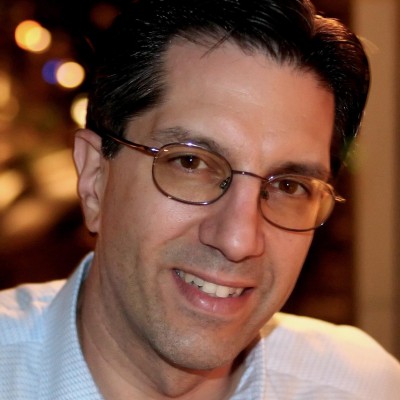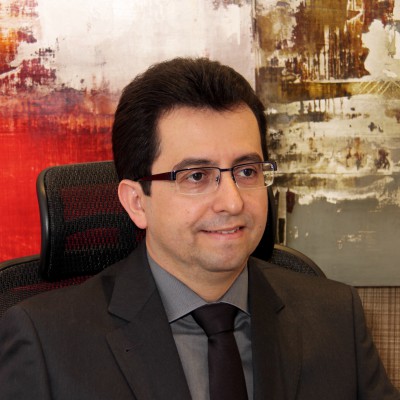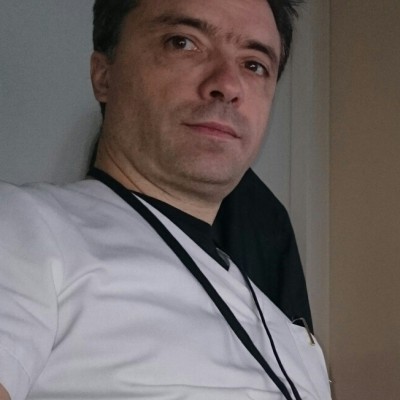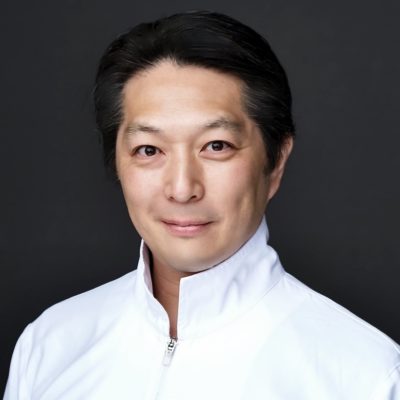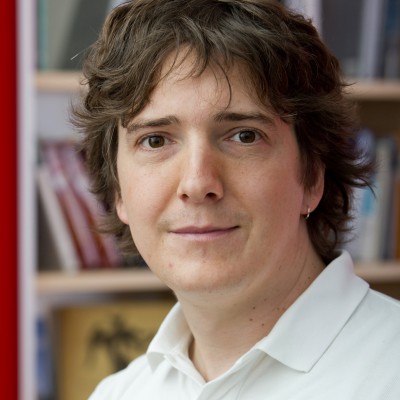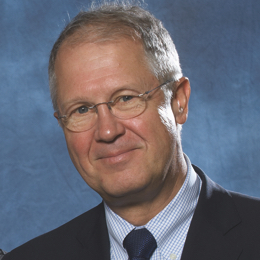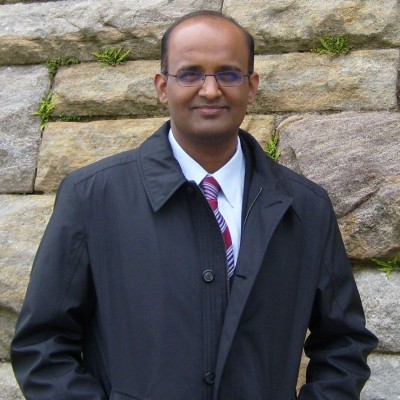Eight years ago, in the radiology department where I was working, we started looking for an alternative DICOM viewer that was easy to use, feature rich and affordable. We had tried a few other DICOM viewers before but they were either too slow, difficult to use, tightly integrated with their proprietary PACS or simply too expensive. OsiriX came as a natural choice fulfilling all our needs and kept getting better with each version, with improvements in speed, reliability and usability.
There are literally hundreds of features integrated into the software making it extremely versatile and able to fill in various roles in a medical imaging department. For example, it is a more than capable DICOM viewer but it can also be used as a (mini) PACS. It is not tied to a particular PACS system and can be used together with any PACS or modality that is DICOM compliant. As a long-term investment, perhaps its strongest point is its open plugin architecture, allowing third parties to extend its capabilities. There are already several dozens of plugins available, both free, from the academia, and commercial. Last but not least, it is very reasonably priced with a flexible licensing model.
OsiriX is definitely one of the best DICOM viewers on the market today and arguably the most versatile one.

